Wild Garlic - 4 Common Questions
Who wouldn't want a lush carpet of delicious wild garlic in their garden?! For those of you eager to grow wild garlic at home, here are answers to four common questions about this luxurious spring delicacy.
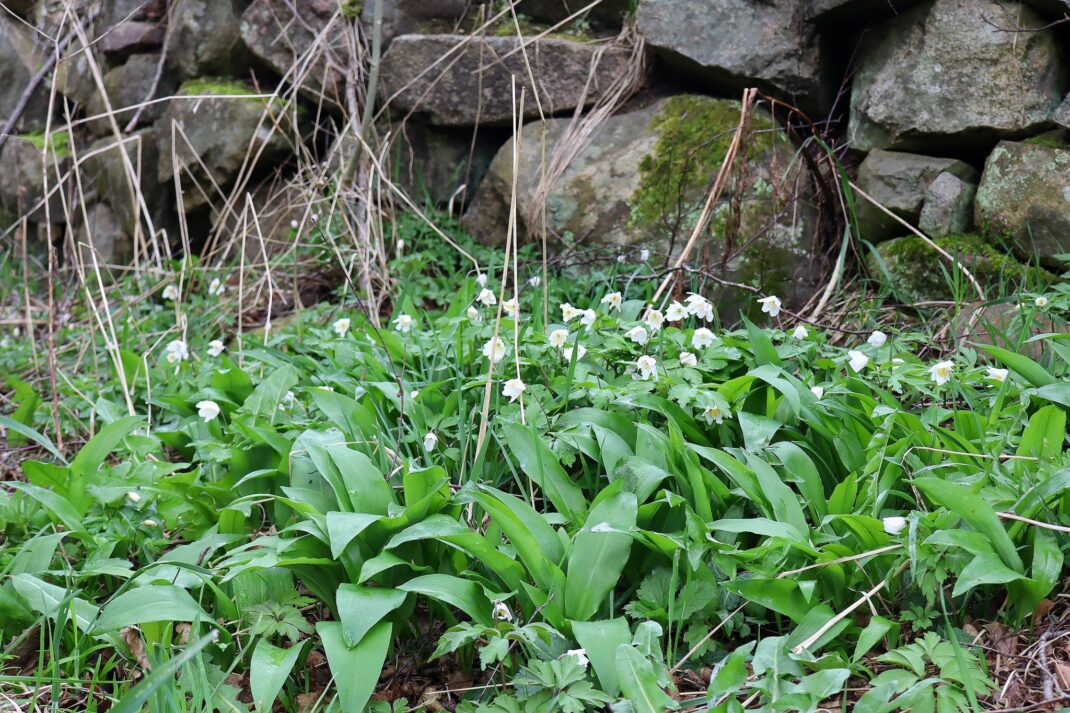
In my garden, wild garlic thrives in complete shade behind the root cellar, beneath a birch tree. Wood anemones bloom beautifully in the background.
Spring is the only time of year when you can harvest wild garlic (also called ramson) - either out in nature (it's common to forage in Sweden) or cultivated. The harvest period is short, and everything from leaves to buds, flowers and stalks will be picked. Any enthusiastic grower would probably agree with me that this is a special time of the year!
Read more: My smart garden tool bag SARA - get it here
This spring, I have received plenty of questions about wild garlic. As you might know by now, I have my own little flower farm and nursery in addition to my vegetable gardens at home. (Please come and visit me at the nursery if you happen to be in the area, you can find out more about Skillnaden's Flower farm and Nursery here). In my nursery, we sell potted wild garlic, ready to transplant to the garden. This amazing little plant has been a top seller, and I can definitely see why! My customers often have a lot of questions about wild garlic and how to grow it at home, so I decided to write about the four most common questions about it here.
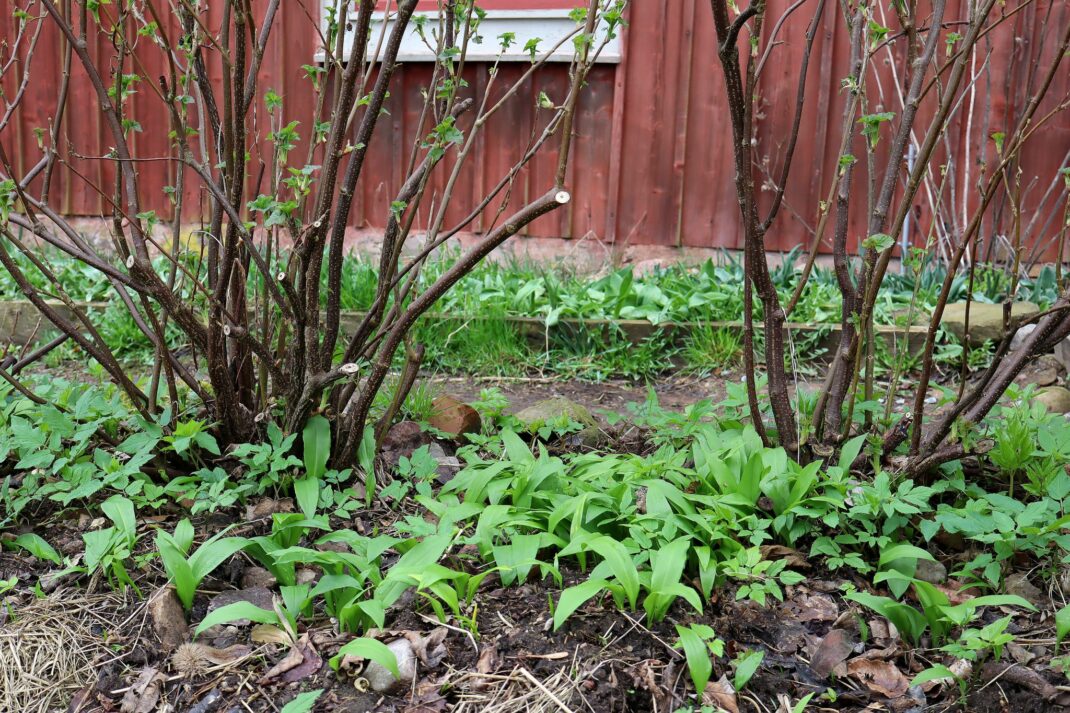
Over a decade ago, I planted wild garlic under the currant bushes in the kitchen garden, and it has remained there ever since.
1. Where does it thrive?
Wild garlic thrives in shady areas of the garden where the soil is moist. The soil should ideally be rich and contain plenty of humus, much like what you'd find in a wooded area where leaves naturally compost on top of the soil. Choose a location away from strong sunlight. If I were you, I'd try planting it in a few different spots (if you have enough space of course), as the plants can mature at different rates. This will of course mean that you can harvest it even longer. I grow plants in two locations in my garden: behind the root cellar in full shade and under the currant bushes in the kitchen garden. They're shaded most of the time but have some sun around them.
2. How to plant wild garlic?
Wild garlic prefers to be planted deep so that the bulbs are protected by a thick layer of soil. Try to bury them at a depth of around 3-6 inches (10-15 cm). You don't need to add anything to the soil, like lime, fertilizer, sand or similar. But if your soil is very compact, you might want to loosen it and also incorporate some porous planting soil so that the seedlings get a good start in loose soil. Plant your bulbs in clusters of around three in one spot.
Read more: How to plant spring vegetables
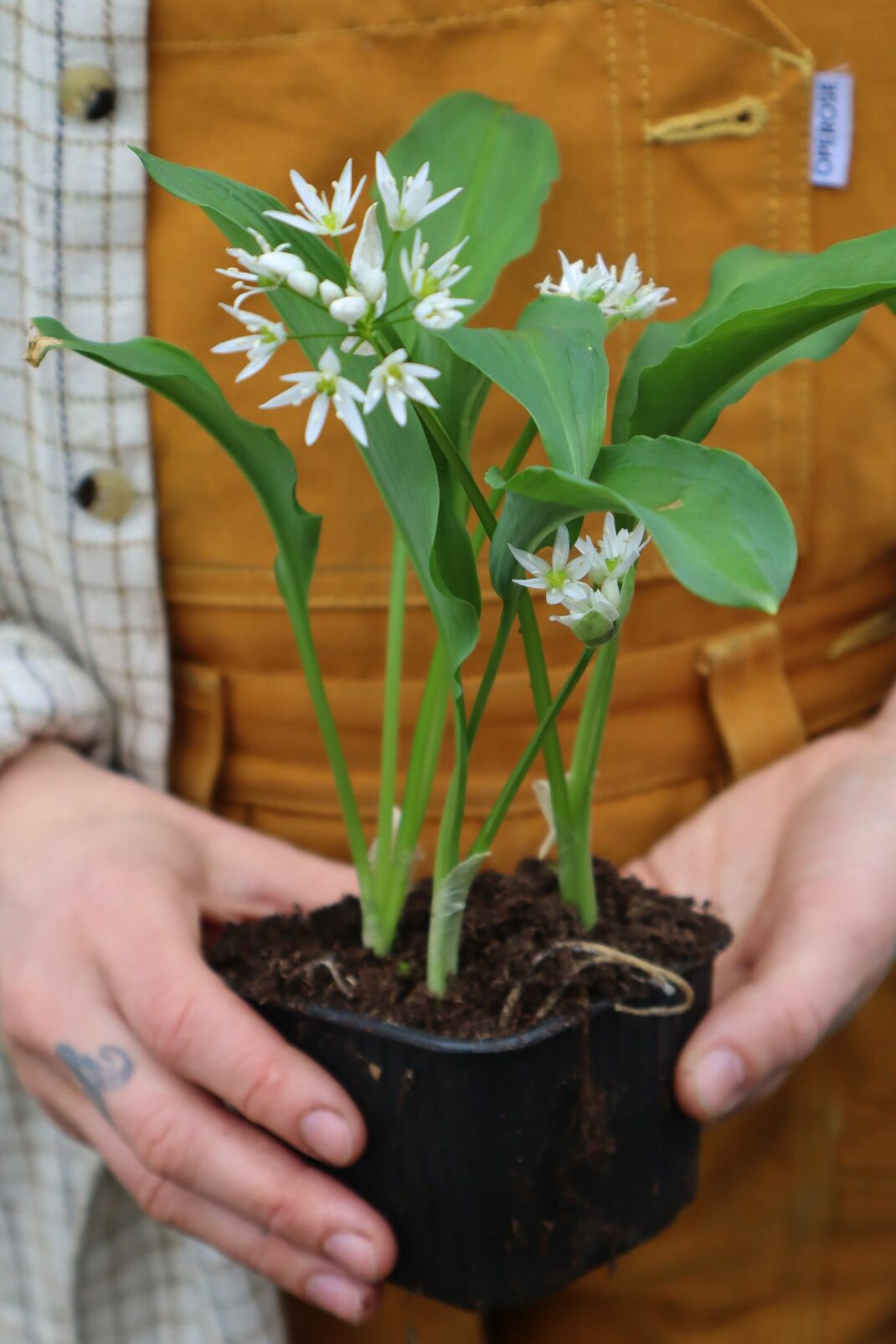
We cultivate this lovely plant in pots at the nursery. We plant three bulbs in each pot, but you can also grow more in larger pots.
3. Does it spread?
Wild garlic spreads out if it's in a suitable spot, but this can take time. Small side bulbs and fresh seeds gradually propagate if the conditions are right. If not, then it might have a harder time growing and spreading.
We can use the clear preferences of the plant to our advantage. For example, I've grown wild garlic under the currant bushes in the kitchen garden for over a decade without it spreading into the paths or neighboring beds—it's simply too sunny there.
If you successfully establish wild garlic in your garden in a spot where it thrives, you'll hopefully enjoy it for a long time. But there can be too much of a good thing. So, be careful where you plant your wild garlic so that it doesn't suffocate other plants in your garden.
4. How many plants do I need?
If you want to establish enough to harvest leaves for your cooking within a few years, you should invest in a bunch of plants. They don't spread very quickly in the beginning and it takes time for them to multiply. When I planted wild garlic for the first time, I planted 25 bulbs, in two different locations.
Read more: How to grow wild garlic in the garden
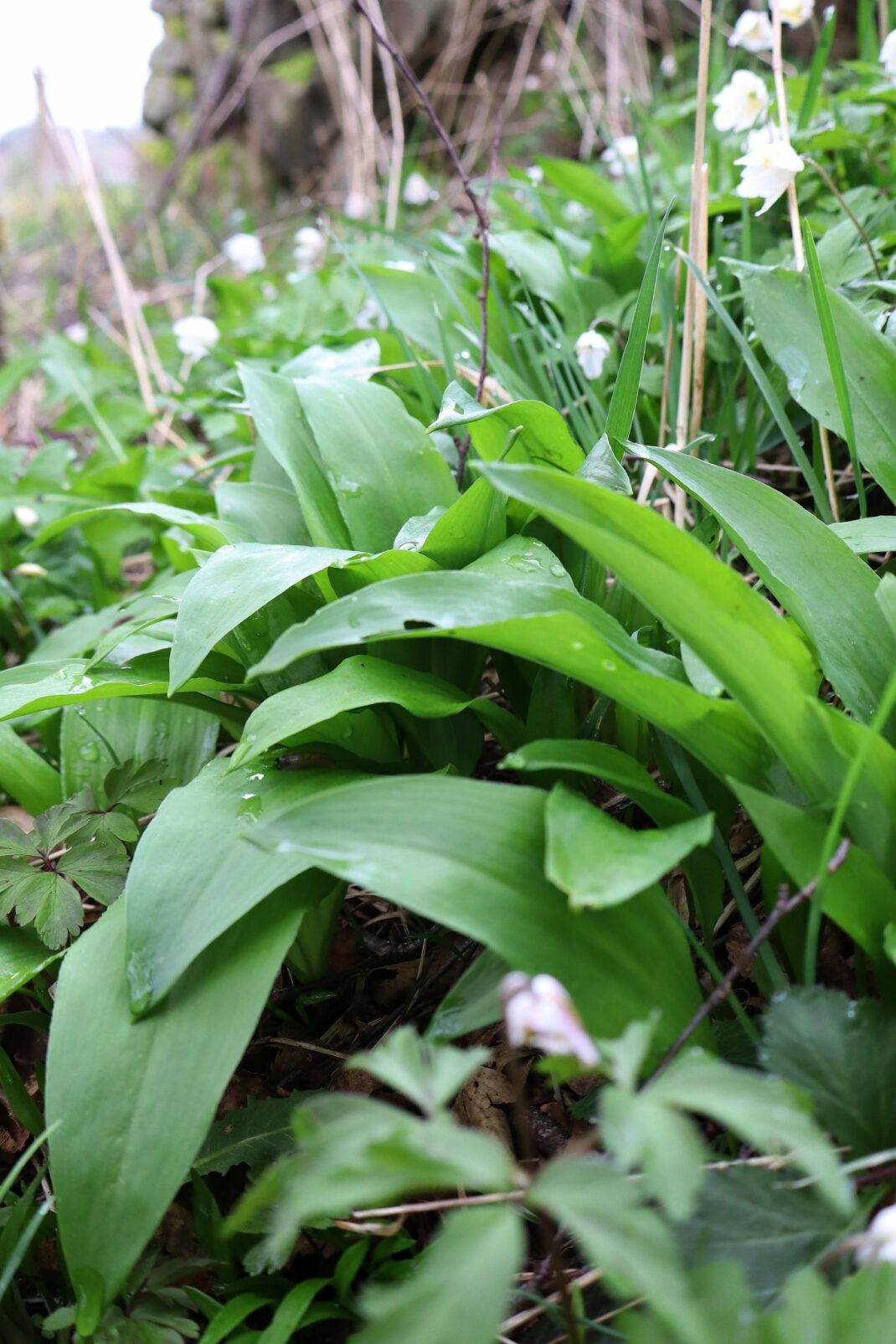
Wild garlic is a valuable resource in the garden in spring. I use it a lot in my cooking.
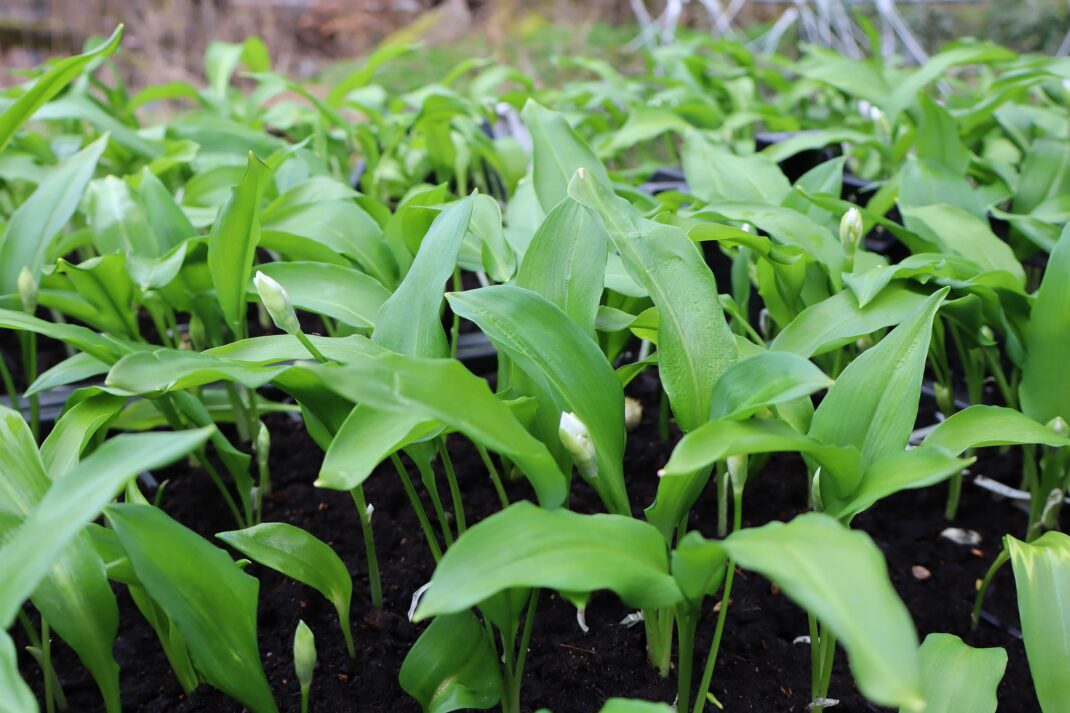
In early summer, the plants wither and go dormant, which is a bit peculiar. They're only visible above ground from April to June approximately; the rest of the time, they seem to be underground.
Planting wild garlic
If you decide to grow wild garlic in your garden, it's best to plant the bulbs in spring when the leaves and flower stems start to emerge or in autumn when the entir plant is dormant. It's trickier to plant them in summer when the soil may be dry, making it harder for the plant to establish properly.
And what about the taste? In our kitchen, wild garlic is primarily used as a leafy green rather than just for seasoning, with a mild, delightful flavor of onion and garlic. You can eat it raw, put it in salads, cook and serve as a side dish or as a general flavor enhancer. But it can also substitute for other onions in spring and just be used as an ingredient in various dishes. Let your creativity flow! I find it most delicious when fresh, or possibly frozen.
Best of luck!
/Sara Bäckmo
03. May 2024

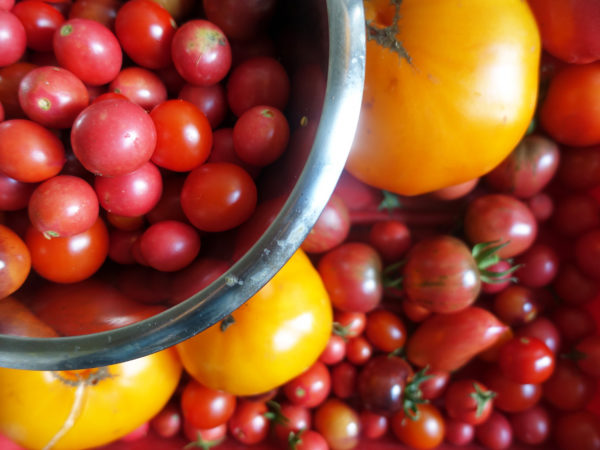
Leave a Reply
You must be logged in to post a comment.